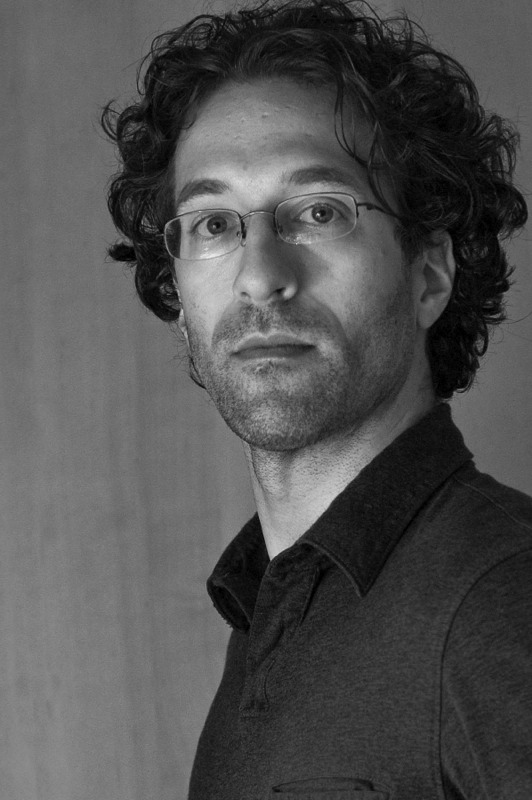For thirty years physicists have been researching how best to educate students. Through quantitative research great strides have been made to turn the study of education into a science. This science has identified teaching techniques that are substantial improvements over traditional practices.
Chris Meyer
Making a dramatic change to your teaching can be challenging, but fear not! Here you will find the resources you need to learn how to teach the inquiry way, including the materials you will need for your students.
These articles, collected from the OAPT Newsletter, explain how to run a class, how to organize the student groups, how to teach problem solving, and the pedagogical background of physics education research.
This is the first in a series of articles by Chris Meyer describing his experiences implementing a Workshop Physics program.
Most of us feel that we know our students and their abilities. How often have you heard yourself or a colleague make a pronouncement that starts out something like, “My students like to ...”, or “My students would never ...”? But what do we really know about our students?
I humbly propose a new model for education. We are all very familiar with the now somewhat unfashionable, yet prevalent, teacher-centred learning model: “All eyes to the front! Tim, pay attention — what I’m covering is important!” Here, the final word is always the teacher’s. Next is the more au courant student-centred model, where the final word is often the students’. That’s a big step in the right direction — getting those teachers to pipe down for a bit. But what we really need in science education is a nature- centred model, where the final word goes to Mother Nature. What better authority for knowledge and insight do we have?
Physicists have been using standardized tests to measure students’ gain in conceptual understanding over the duration of a physics course. The results reveal that even students of the most highly regarded lecturers have a surprisingly small gain in understanding. It is as if there is a limit to the educational power of even the most dazzling lectures.
I’m really tired of bumping my head on the cabinets in my kitchen when I wash the dishes. The genius who designed it (not me!) obviously never anticipated humans who stood over five feet tall. I now blame these cabinets, wholly, for my dish washing aversion. Good design (or bad!) can really make the difference in matters domestic and, of course, educational. The environment in which our students work can have a great effect on their motivation and their approach to learning, so we should do whatever we can to help our physical classroom reflect our learning goals.
Ah, circular motion – I get dizzy just thinking about it. Everybody is doing it (even sometimes the LHC), but who understands it? This is a challenging topic for all of us. Fortunately, physics education research (PER) has many insights to offer us on matters topical as well as pedagogical. What does PER have to say about how to teach circular motion? Let’s find out. For no extra charge I will throw in my own two cents’ worth.
Homework is healthy, nourishing work that should be done—at home. It is the vital reinforcement of the day’s hard earned insights. But mostly it’s the missing link in our students’ educational evolution. Let’s try to understand the homework problem and push our students to a new level of physics understanding.
Science gets exciting whenever we discover that there is a deeper explanation behind our observations and current theories. The deeper explanation often allows us to see beyond distracting surface features to connections and patterns that otherwise lie hidden or unappreciated. When such an explanation is found, our understanding can grow in very surprising ways.
Newton’s laws are tough. But back in the day when I used to wear a tie to work, I thought I did a great job teaching these laws. With great care I spent one whole day on each law. I had lots of lively demonstrations and funny stories to tell about spherical cows and shoe rockets. But you don’t know what you don’t know (to paraphrase Donald Rumsfeld) and it turns out there was a lot that I didn’t know about how my students learned Newton’s laws.
OK, let’s begin by admitting that we are all playing a numbers game. Or, at least, we make our students play this game where they bet their marks on correctly figuring out the last digit to write down in their answers. (The classic numbers game is an illegal betting pool where people try to guess the last few digits of some “random” number like a stock price listing.) To make it sporting, we teach our students rules for identifying the significant digits in a given number and rules for deciding how many digits to keep after a calculation. Now, you likely know what happens next. For the rest of the year we are plagued by noisome questions during lessons and tests: “How many significant digits does this have?” “Is this two or three?” “Mr. Meyer, you started with 1000 and your final answer was 17.5 m/s ...” Sound familiar?
In science, we create models to help us explain our universe and predict what might happen next. Science is a continuous process of creating, expanding, testing and revising models, which are judged by scientists according to their agreement with observations.


